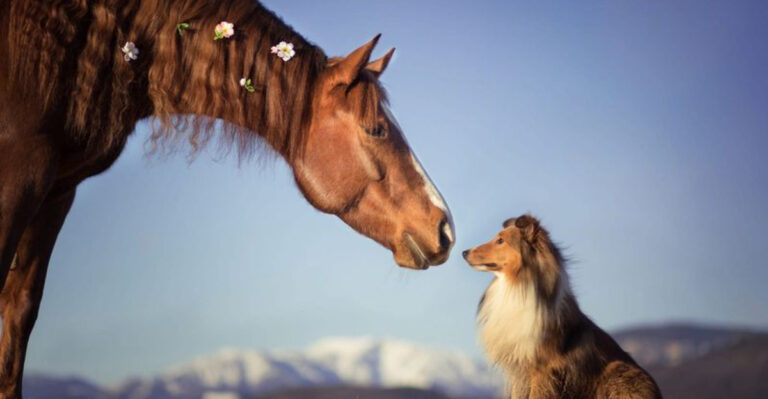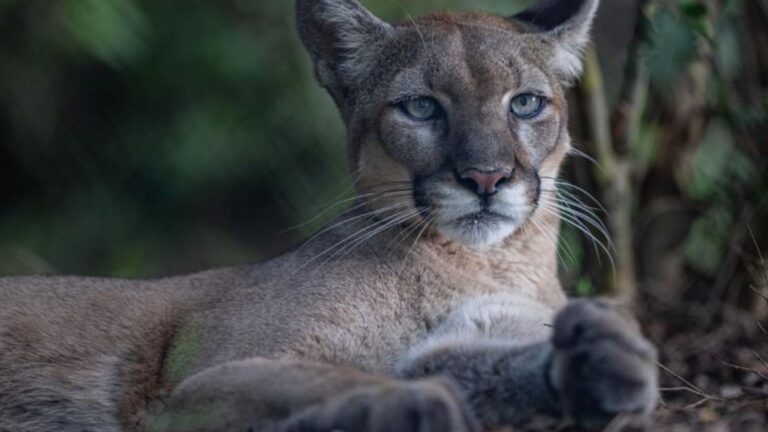10 U.S. States With The Strangest Cat Laws
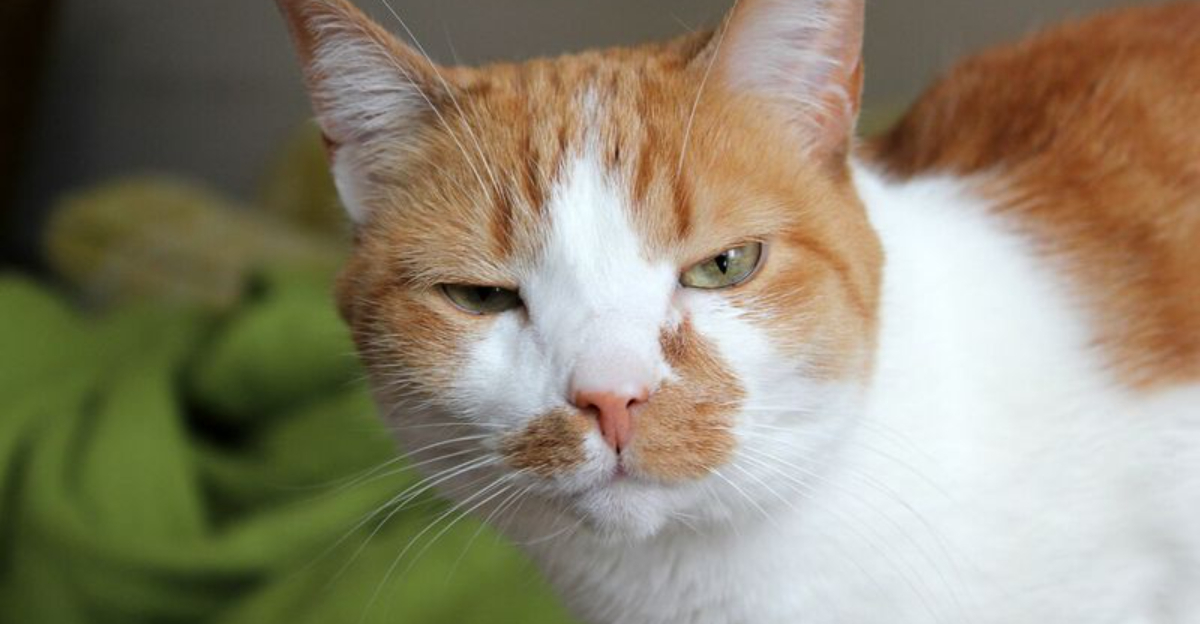
Have you ever wondered about the quirky side of cat ownership across the United States? Well, buckle up because we’re about to explore some truly bizarre cat laws.
From noise ordinances to curfews, these regulations make owning a feline friend an adventure. Let’s dive into the strange and unusual world of cat laws in the U.S.!
1. Wisconsin – Sun Prairie
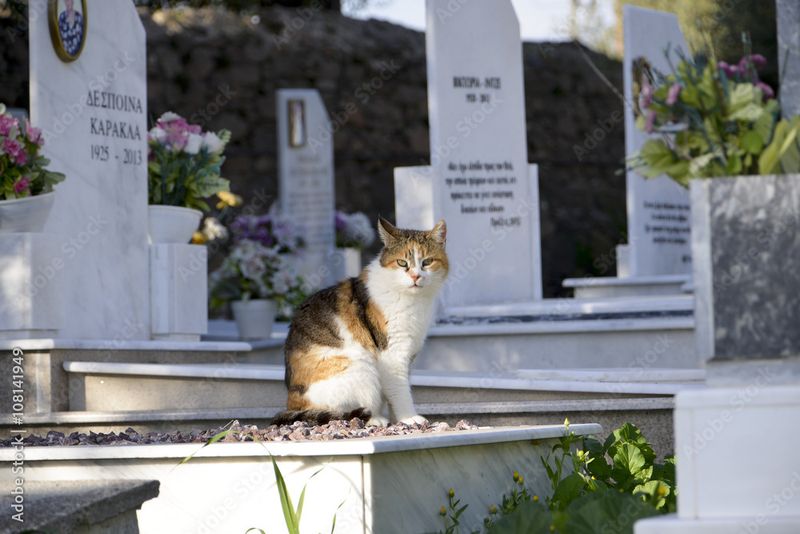
Sun Prairie in Wisconsin has an unusual law where both cats and dogs are prohibited from entering public cemeteries unless they’re trained service animals.
This ordinance is meant to preserve the peace and sanctity of these resting places.
For residents, it’s a reminder to leave furry companions at home while paying respects. Visitors might find this regulation surprising, as it’s not often you see such specific restrictions.
It adds a unique twist to Sun Prairie’s charm.
2. Indiana – French Lick Springs
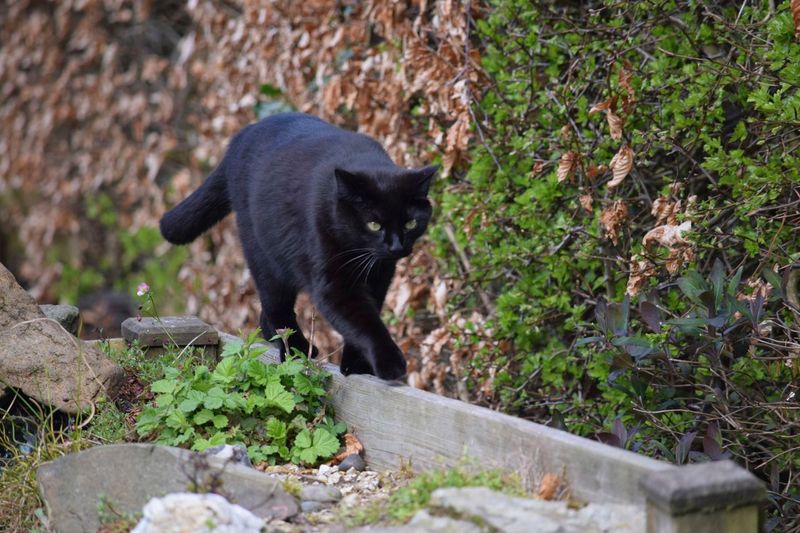
In 1939, French Lick Springs, Indiana, took a unique approach to superstition. They required all black cats to wear bells on Friday the 13th.
This ordinance was intended to alleviate public fear of bad luck associated with black cats.
The gentle jingle might have added a whimsical touch to the town’s atmosphere, as these cats roamed the streets. For cat owners, it was probably an amusing challenge to keep those bells secure.
3. Illinois – Zion
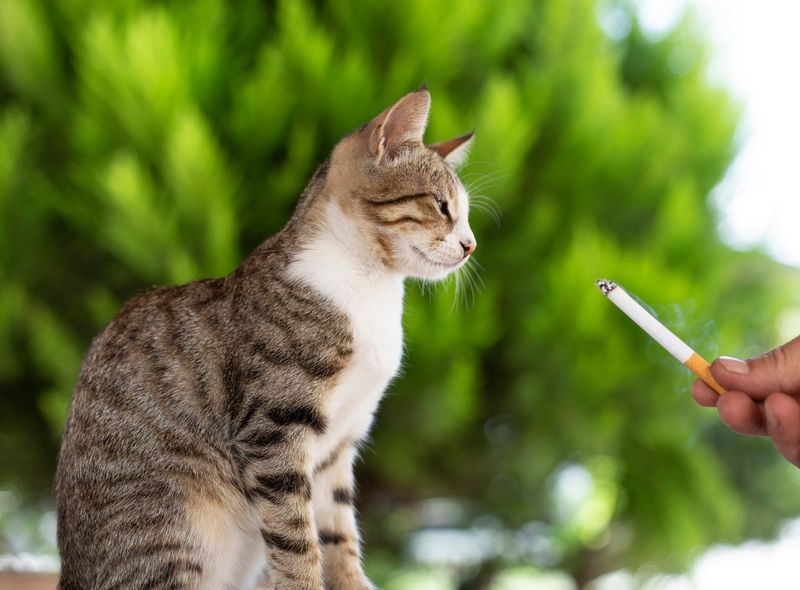
In Zion, Illinois, there’s a law that seems straight out of a comedy sketch – it prohibits giving lighted cigars to cats or other domesticated animals.
While the image might bring a chuckle, the law underscores a serious intent to protect animals from harm.
This quirky regulation reflects an era when unusual laws were more common. It serves as a reminder that even back then, people cared about animal welfare.
For those visiting Zion, this law adds a layer of historical humor to their journey, showing that not all laws are as they seem.
4. New York – New York City
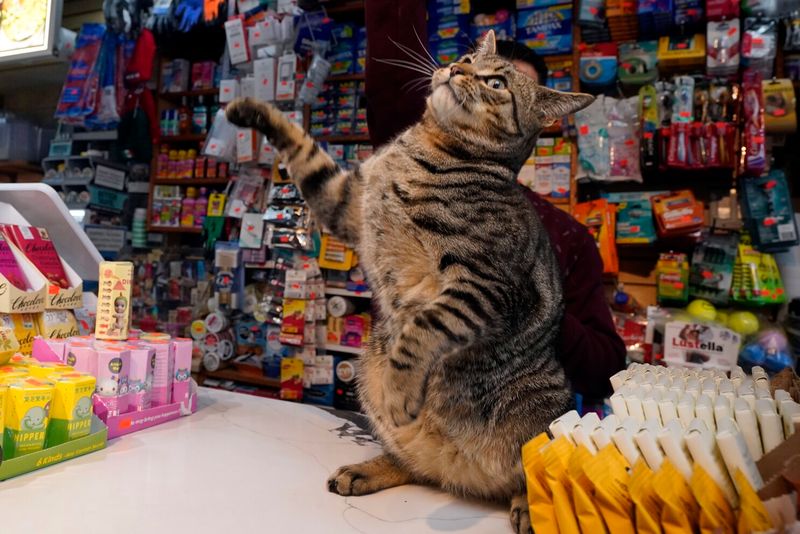
New York City is famous for its bodega cats, but did you know they technically break state regulations?
The law prohibits most animals in stores selling food. Yet, these felines are beloved mascots, known for their charm and pest control prowess.
Bodega cats add a warm, homey feel to the city’s bustling shops. For many, the sight of a cat lounging among groceries is as iconic as the Statue of Liberty.
Despite the rules, these cats have become an endearing part of NYC life, showcasing the city’s unique spirit of adaptation and tradition.
5. Oregon – Multnomah County
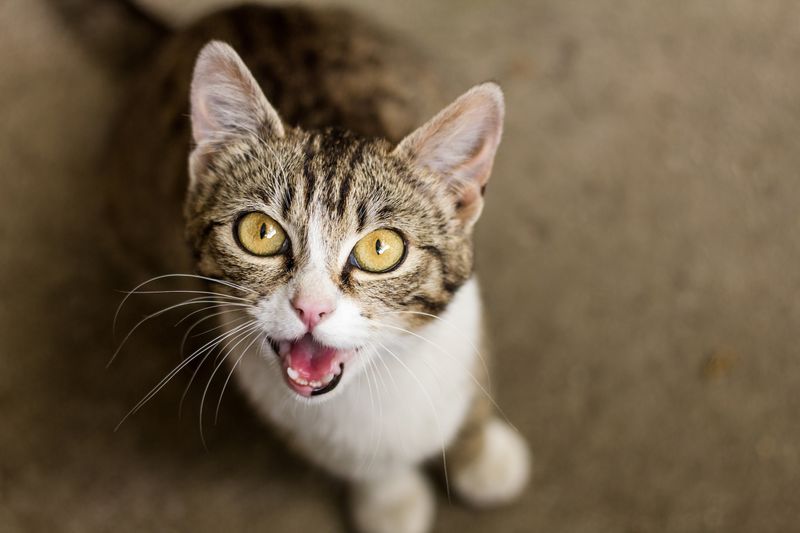
In Multnomah County, Oregon, noise ordinances could apply to your feline friend. Though primarily targeting loud parties or construction, a persistently noisy cat might fall under scrutiny.
This unusual application of the law prompts pet owners to be mindful of their cat’s vocal tendencies. It’s a testament to the community’s commitment to peace and quiet.
While it’s uncommon for cats to cause such disturbances, it’s a good reminder that every pet owner should consider their neighbors.
6. Minnesota – International Falls
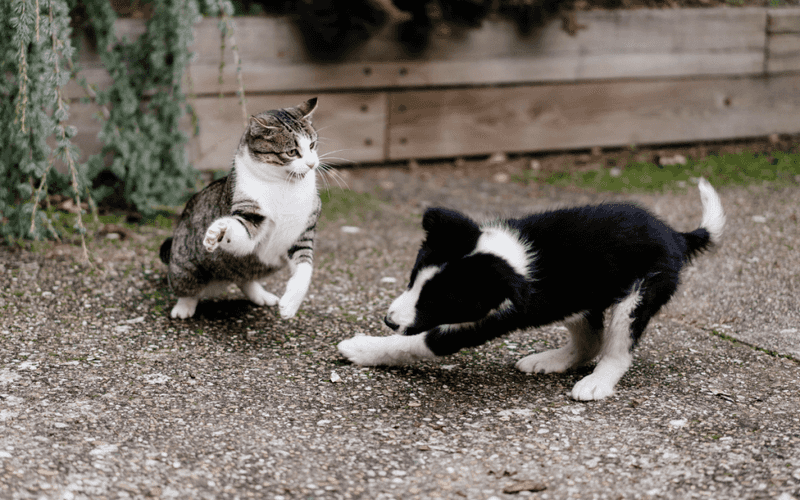
In International Falls, Minnesota, there’s an amusing law that bans cats from chasing dogs up telephone poles. While it’s more folklore than enforceable rule, it reflects the playful rivalry often seen between these pets.
This anecdotal law adds a layer of local charm, hinting at tales of mischievous cats and flustered dogs. It’s a light-hearted nod to the timeless cat-and-dog dynamic, reminding us that not all laws are meant to be taken too seriously.
Visitors might find this tale an amusing part of local lore.
7. California
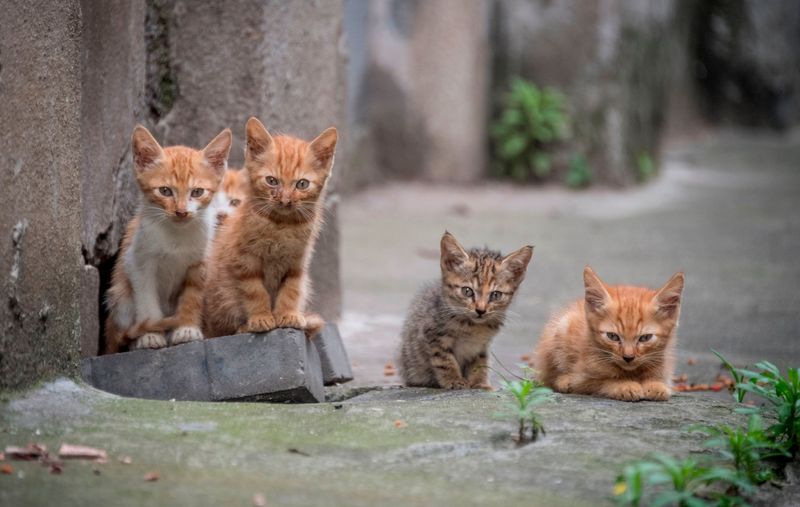
Once upon a time in California, a peculiar law forbade cats from mating within 1,500 feet of schools, churches, or taverns. This rule aimed to curb feline overpopulation in certain areas.
Though no longer in practice, it offers a glimpse into California’s historical attempts at population control. It’s an interesting reminder of how communities have tried to solve animal-related issues.
Today, it’s a quirky story that adds a historical twist to California’s vibrant cultural tapestry, illustrating the state’s evolving approach to urban wildlife management.
8. North Carolina – Barber
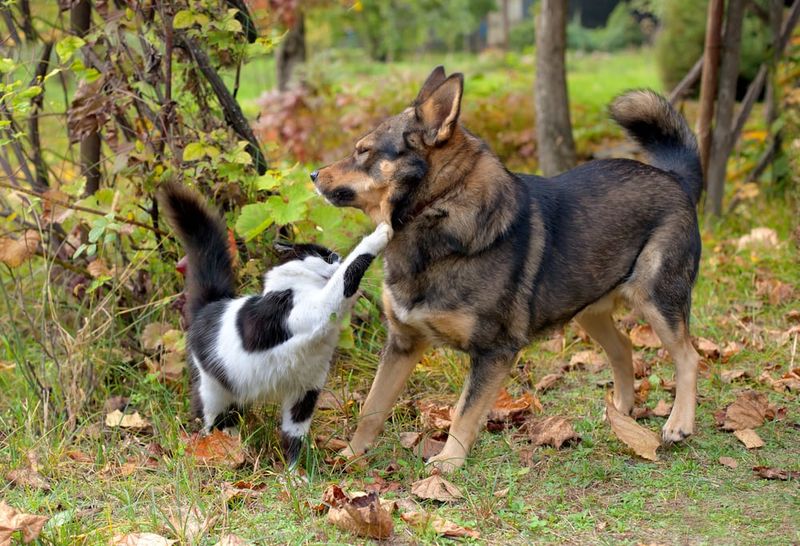
In Barber, North Carolina, town regulations explicitly prohibit fights between cats and dogs. This rule is more symbolic than practical, capturing the community’s effort to promote harmony among pets.
While cats and dogs have their playful spats, this law humorously suggests a level of civility expected even among animals. It serves as a fun reminder of the quirky ways towns highlight peace and order.
For pet owners, it’s a lighthearted nudge to encourage harmonious cohabitation, reflecting Barber’s charming sense of community spirit.
9. New Jersey – Cresskill
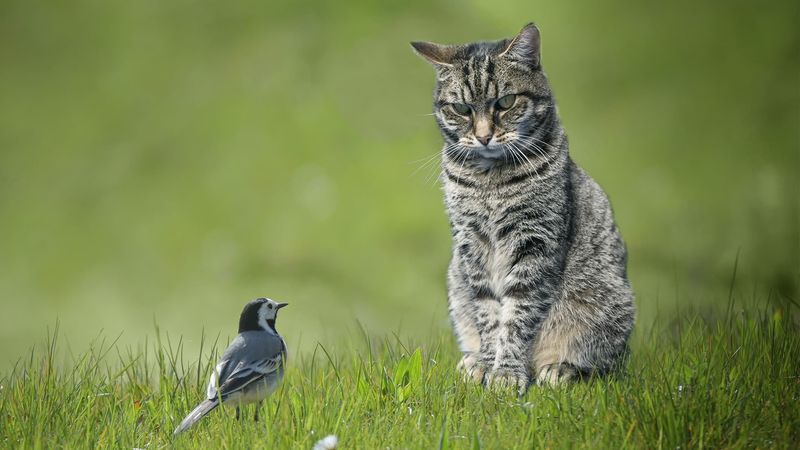
In Cresskill, New Jersey, a unique ordinance requires cats to wear three bells to warn birds of their presence. This law reflects a thoughtful approach to wildlife protection, aiming to reduce bird casualties.
For cat owners, it adds a musical element to their pet’s outdoor adventures. This precautionary measure demonstrates Cresskill’s commitment to preserving its local ecosystem.
The gentle jingling might seem humorous, but it shows a town dedicated to balancing pet ownership with wildlife conservation, making Cresskill a notable example of environmental mindfulness.
10. Georgia – Columbus
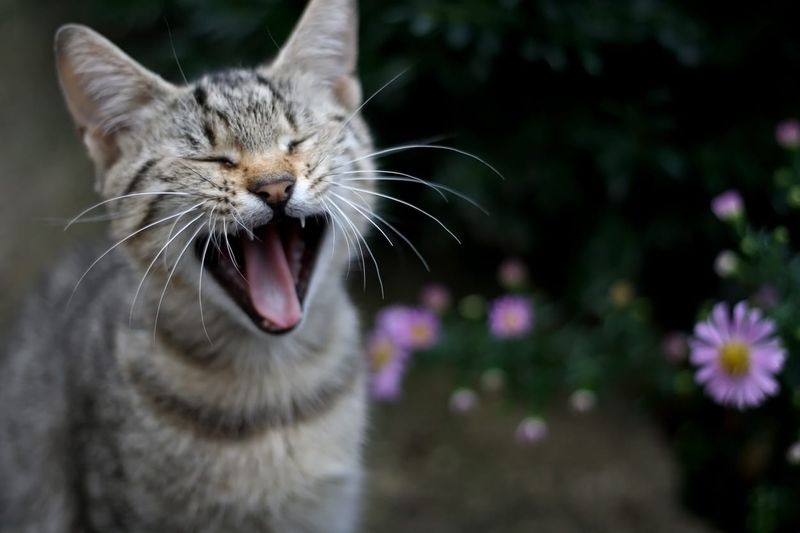
In Columbus, Georgia, a curfew enforces silence among cats, prohibiting them from yowling after 9 p.m. This quirky regulation ensures nighttime peace for residents, showcasing the town’s dedication to quiet evenings.
For cat owners, it’s a gentle reminder to keep their pets indoors as dusk settles. This law offers a unique glimpse into how communities strive to balance the joys of pet ownership with the need for community harmony.
It’s a whimsical yet practical approach to ensuring tranquility, reflecting Columbus’s quaint yet thoughtful character.



